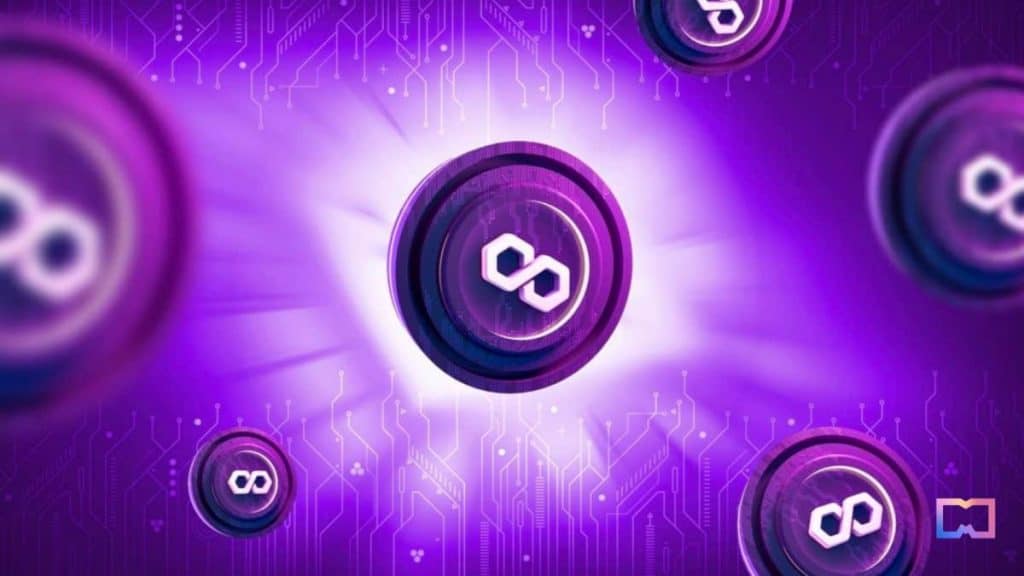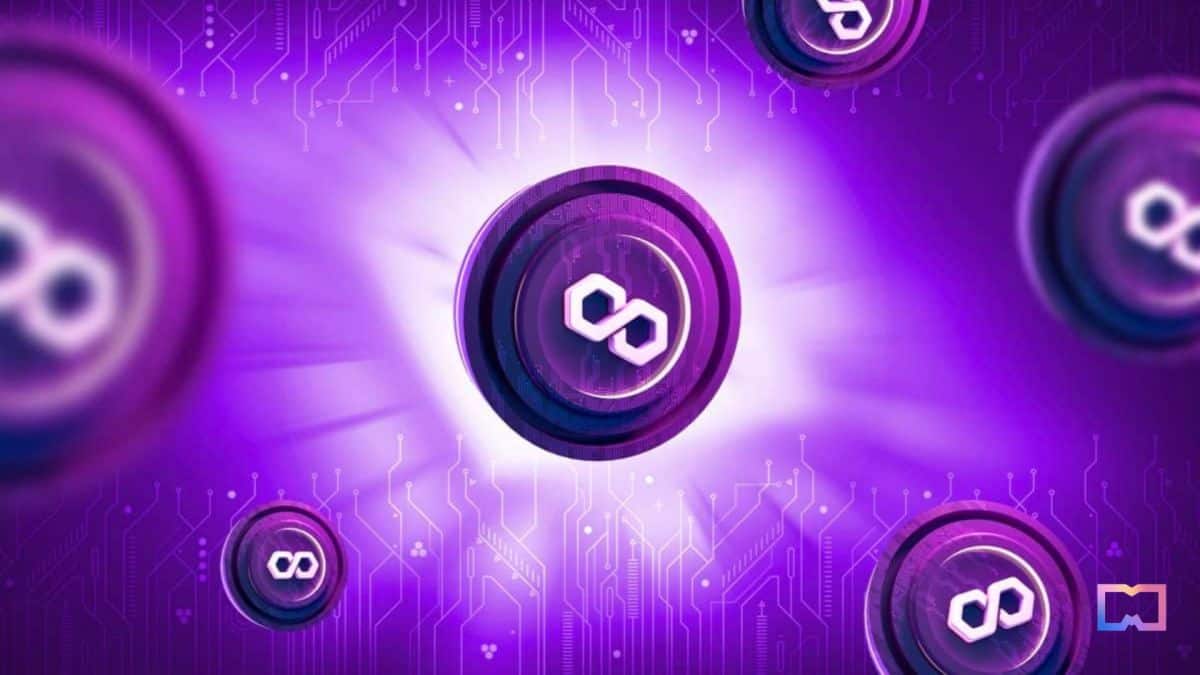[ad_1]


In Brief
Polygon Labs company has launched contracts for its upcoming cryptocurrency, POL, on the Ethereum mainnet.

Polygon Labs has taken a significant step forward in its evolution by deploying contracts for its new POL cryptocurrency on the Ethereum mainnet. This move follows a successful testnet deployment and reflects Polygon’s continuous commitment to innovation.
Earlier in September, the Polygon community had passed a series of Improvement Proposals, including PIP-17 and PIP-19. These proposals mapped out the transition from MATIC to POL, aligning with the architecture of the much-anticipated Polygon 2.0 upgrade. Designed to succeed MATIC, POL integrates seamlessly with the advanced features of Polygon 2.0. It aims to spearhead the next chapter in Polygon’s story.
The POL token upgrade is now live on Ethereum mainnet.
Polygon 2.0, released this summer, is a roadmap for scaling Ethereum to build the Value Layer of the Internet. POL unlocks that future.
POL is a next-generation token that can power a vast ecosystem of ZK-based L2 chains.… pic.twitter.com/gmrsu0ZqLz
— Polygon (Labs) (@0xPolygonLabs) October 25, 2023
Matic and Pol
The main distinctions between the two tokens lie in their intended functionalities. While MATIC has been the cornerstone of the Polygon ecosystem, POL promises to take it a notch higher. POL will not only serve as the primary cryptocurrency for Polygon 2.0 but also facilitate a vast network of zero-knowledge-based Layer 2 chains.
One of its striking features is a native re-staking protocol. This protocol empowers POL holders, allowing them to validate multiple chains and assume diverse roles on each chain, thus amplifying its utility in the ecosystem.
In their statement, Polygon Labs captures the core value of POL: “POL, a next-generation, high-efficiency token, will power a broad ecosystem of zero-knowledge-based Layer 2 chains. Its native re-staking protocol gives POL holders the flexibility to validate on numerous chains and assume diverse roles on each.”
However, it’s crucial to note that POL won’t immediately supplant MATIC. Such a monumental transition warrants governance approval and is timed with the launch of Polygon 2.0. As the upgrade approaches, several pivotal steps remain.
Among these are the introduction of a new staking layer to propel Polygon’s Layer 2 chains, a shift from Polygon’s proof-of-stake to zkRollup, and the integration of a zk-based interoperability and shared liquidity protocol for all Layer 2s, as highlighted by Polygon Labs. This roadmap sets the stage for what promises to be an exciting era in Polygon’s journey.
Disclaimer
Any data, text, or other content on this page is provided as general market information and not as investment advice. Past performance is not necessarily an indicator of future results.
![]()
![]()
The Trust Project is a worldwide group of news organizations working to establish transparency standards.
Nik is an accomplished analyst and writer at Metaverse Post, specializing in delivering cutting-edge insights into the fast-paced world of technology, with a particular emphasis on AI/ML, XR, VR, on-chain analytics, and blockchain development. His articles engage and inform a diverse audience, helping them stay ahead of the technological curve. Possessing a Master’s degree in Economics and Management, Nik has a solid grasp of the nuances of the business world and its intersection with emergent technologies.

Nik Asti

Nik is an accomplished analyst and writer at Metaverse Post, specializing in delivering cutting-edge insights into the fast-paced world of technology, with a particular emphasis on AI/ML, XR, VR, on-chain analytics, and blockchain development. His articles engage and inform a diverse audience, helping them stay ahead of the technological curve. Possessing a Master’s degree in Economics and Management, Nik has a solid grasp of the nuances of the business world and its intersection with emergent technologies.
[ad_2]
Read More: mpost.io











 Bitcoin
Bitcoin  Ethereum
Ethereum  Tether
Tether  XRP
XRP  Solana
Solana  USDC
USDC  TRON
TRON  Dogecoin
Dogecoin  Lido Staked Ether
Lido Staked Ether  Cardano
Cardano  Wrapped Bitcoin
Wrapped Bitcoin  Hyperliquid
Hyperliquid  Wrapped stETH
Wrapped stETH  Bitcoin Cash
Bitcoin Cash  Sui
Sui  Chainlink
Chainlink  LEO Token
LEO Token  Stellar
Stellar  Avalanche
Avalanche  Toncoin
Toncoin  USDS
USDS  WhiteBIT Coin
WhiteBIT Coin  Shiba Inu
Shiba Inu  WETH
WETH  Wrapped eETH
Wrapped eETH  Litecoin
Litecoin  Binance Bridged USDT (BNB Smart Chain)
Binance Bridged USDT (BNB Smart Chain)  Hedera
Hedera  Monero
Monero  Ethena USDe
Ethena USDe  Polkadot
Polkadot  Bitget Token
Bitget Token  Coinbase Wrapped BTC
Coinbase Wrapped BTC  Pepe
Pepe  Uniswap
Uniswap  Pi Network
Pi Network  Aave
Aave  Dai
Dai  Ethena Staked USDe
Ethena Staked USDe  OKB
OKB  Bittensor
Bittensor  Aptos
Aptos  BlackRock USD Institutional Digital Liquidity Fund
BlackRock USD Institutional Digital Liquidity Fund  Cronos
Cronos  Internet Computer
Internet Computer  sUSDS
sUSDS  Jito Staked SOL
Jito Staked SOL  NEAR Protocol
NEAR Protocol  Ethereum Classic
Ethereum Classic